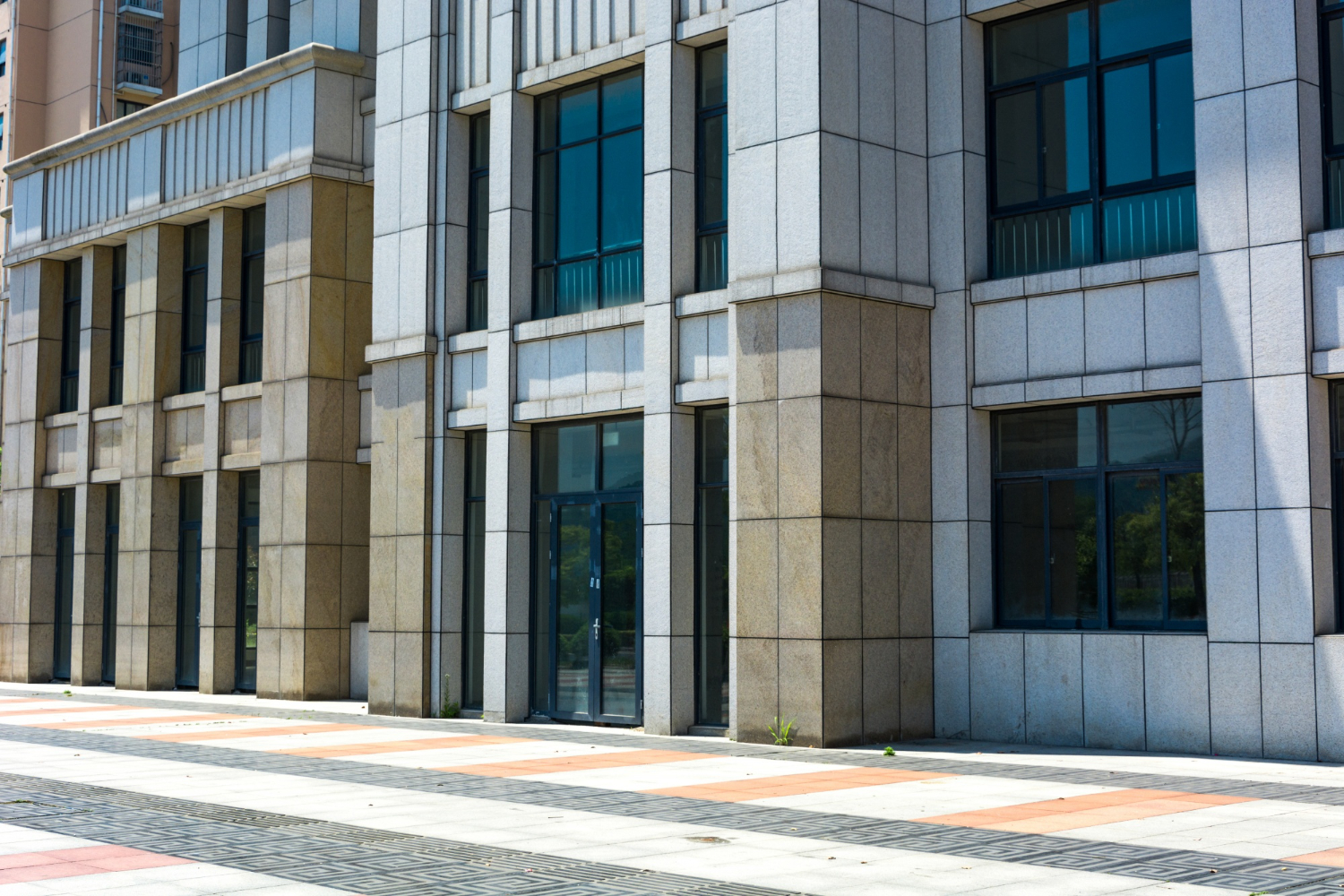
Concrete facades are a popular choice for buildings due to their durability and modern appearance. However, like all materials, they require proper care to maintain their look and function. This article will explore the best practices for maintaining and preserving concrete facades, ensuring they remain in top condition for years to come.
Keeping concrete facades in good shape is crucial not only for the building's appearance but also for its structural integrity. Regular maintenance helps prevent issues such as cracking, staining, and weathering, which can lead to more significant problems if left unaddressed.
Regular cleaning is essential to keep the concrete facades looking fresh and free of dirt, pollutants, and other strong matches.
Routine Cleaning: Use a soft brush and water to remove surface dirt and pollution.
Deep Cleaning: For tougher stains, use a mild detergent and a low-pressure washer. Avoid chemicals that can damage the surface.
Stain Removal: For stubborn stains, a mixture of water and baking soda can be effective. Apply the paste, let it sit for a while, then scrub gently.
Cracks and other damage to concrete facade should be repaired promptly to prevent further decline.
Inspect Regularly: Regularly check for signs of damage, such as cracks or chips.
Seal Cracks: Small cracks can be sealed with a concrete sealant to prevent water infiltration.
Professional Repairs: For larger cracks or structural damage, it’s best to hire a professional to assess and repair the issue.
Protection measures can help extend the life of your concrete facade.
Sealants: Apply a concrete sealant to protect the surface from moisture and stains.
Waterproofing: Consider waterproofing treatments to prevent water damage, especially in areas with heavy rainfall.
Shade and Shelter: If possible, provide shade or shelter to protect the facade from direct sunlight and harsh weather conditions.
Concrete facade texture can dramatically change the look and feel of a building. By choosing the right concrete facade texture, you can add depth and character to your structure.
Different concrete facade textures, from smooth to rough, can also influence maintenance needs. Whether you prefer a polished or rustic appearance, the concrete facade texture plays a crucial role in the overall elegance. The texture of a concrete facade can significantly impact its maintenance needs.
A concrete cladding facade offers both elegance appeal and structural durability to buildings. This type of facade involves the application of concrete panels or tiles to the exterior of a structure, providing a modern and industrial look.
Concrete cladding facade systems vary in texture and finish, allowing for flexible design options. Proper installation of concrete cladding facade ensures weather resistance and insulation benefits, magnifying the building's overall sustainability.
Regular maintenance of the concrete cladding facade is essential to preserve its appearance and structural integrity over time. Concrete cladding is a popular choice for adding elegance and additional protection to buildings.
A concrete finish facade provides a flexible and modern appearance to building exteriors. The choice of concrete finish facade, whether textured or smooth, significantly impacts the looks and maintenance requirements of the facade.
Different concrete finish facade options include polished, brushed, or exposed aggregate finishes, each offering unique visual effects. Proper installation and maintenance of the concrete finish facade are crucial for ensuring longevity and weather resistance.
Regular cleaning and occasional resealing help preserve the concrete finish facade's appearance and durability against environmental elements. The type of finish on a concrete facade can influence its appearance and maintenance requirements.
Types of Finishes: Common finishes include polished, stained, and painted concrete.
Cleaning Methods: Each type of finish may require specific cleaning methods to avoid damage.
Protective Coatings: Applying protective coatings can help preserve the finish and reduce maintenance needs.
A polymer concrete facade offers durability and design flexibility for architectural projects. The use of polymer concrete facade systems increase structural integrity while providing elegance appeal.
Polymer concrete facade panels are lightweight yet strong, making them suitable for various building applications. The variable polymer concrete facade allows for intricate designs and textures, catering to modern architectural preferences.
Proper maintenance of polymer concrete facade involves regular cleaning and inspection to ensure longevity and resilience against environmental factors. Polymer concrete is known for its increased durability and resistance to environmental factors.
Durability: Polymer concrete is less prone to cracking and weathering.
Maintenance: Requires less frequent maintenance compared to traditional concrete but still benefits from regular cleaning and inspections.
Applications: Suitable for both new constructions and renovations, offering a long-lasting solution for facade cladding.
Proper maintenance and preservation of concrete facades are essential for keeping your building looking its best and ensuring its longevity. Regular cleaning, prompt repairs, and protective measures can go a long way in maintaining the appearance and integrity of concrete facades. By following these best practices, you can enjoy the benefits of a well-maintained concrete facade for many years.
1. How often should I clean my concrete facade?
It's recommended to clean your concrete facade at least twice a year to remove dirt and pollutants. However, more frequent cleaning may be necessary in areas with heavy pollution or adverse weather conditions.
2. Can I use any cleaning product on my concrete facade?
No, it's important to use a mild detergent or a cleaner specifically designed for concrete to avoid damaging the surface. Avoid chemicals and rough cleaners.
3. How do I know if my concrete facade needs repairs?
Regular inspections are key. Look for signs of damage such as cracks, chips, or defects. If you notice any of these issues, it's best to address them promptly to prevent further damage.
4. What is the best way to protect my concrete facade from water damage?
Applying a sealant or waterproofing treatment can help protect your concrete facade from water damage. Ensure the sealant is suitable for outdoor use and reapply it as recommended by the manufacturer.
5. Is polymer concrete a good option for facades?
Yes, polymer concrete is a durable and resistant material, making it a great option for facades. It requires less frequent maintenance and offers increased protection against environmental factors.












